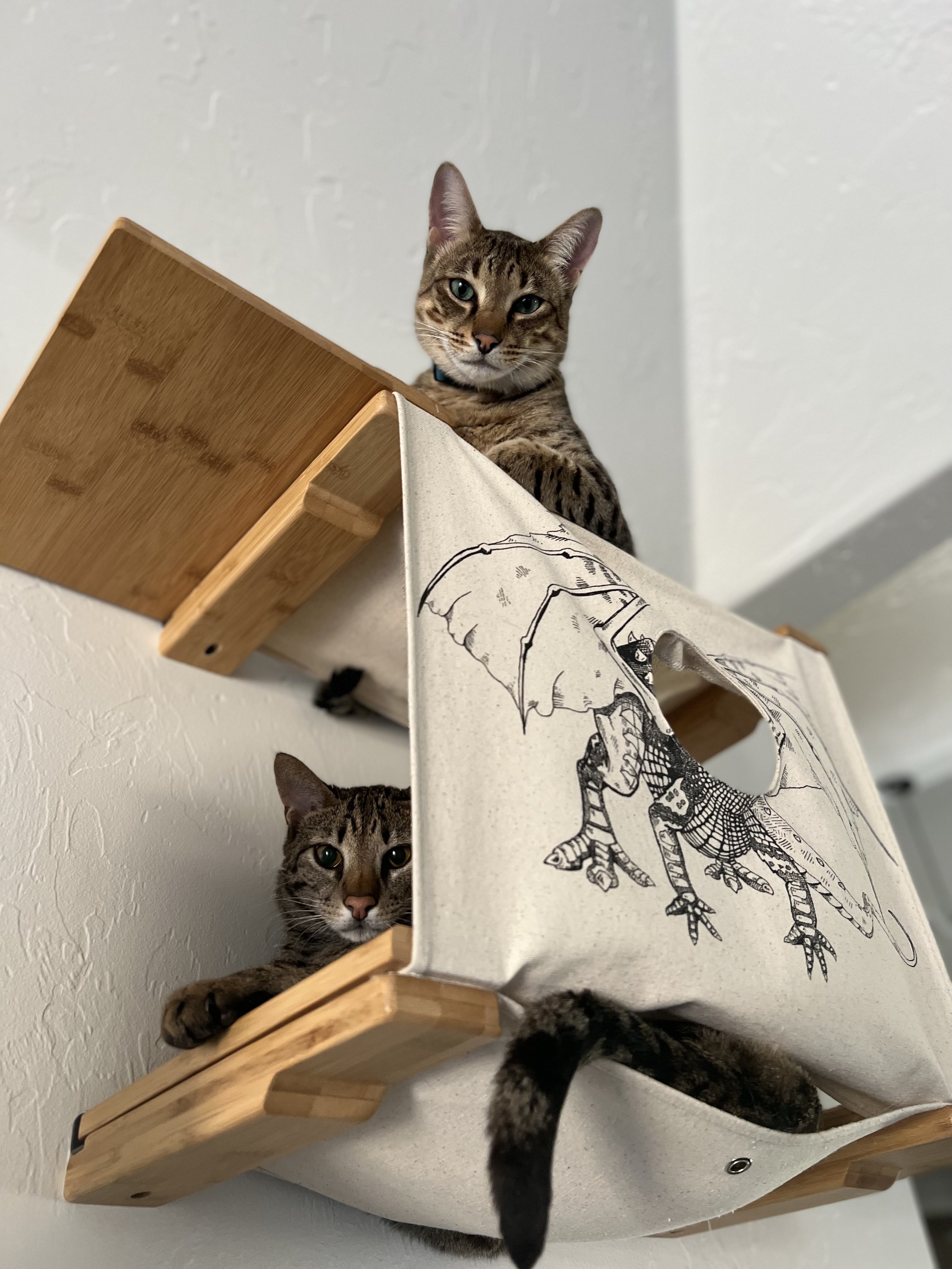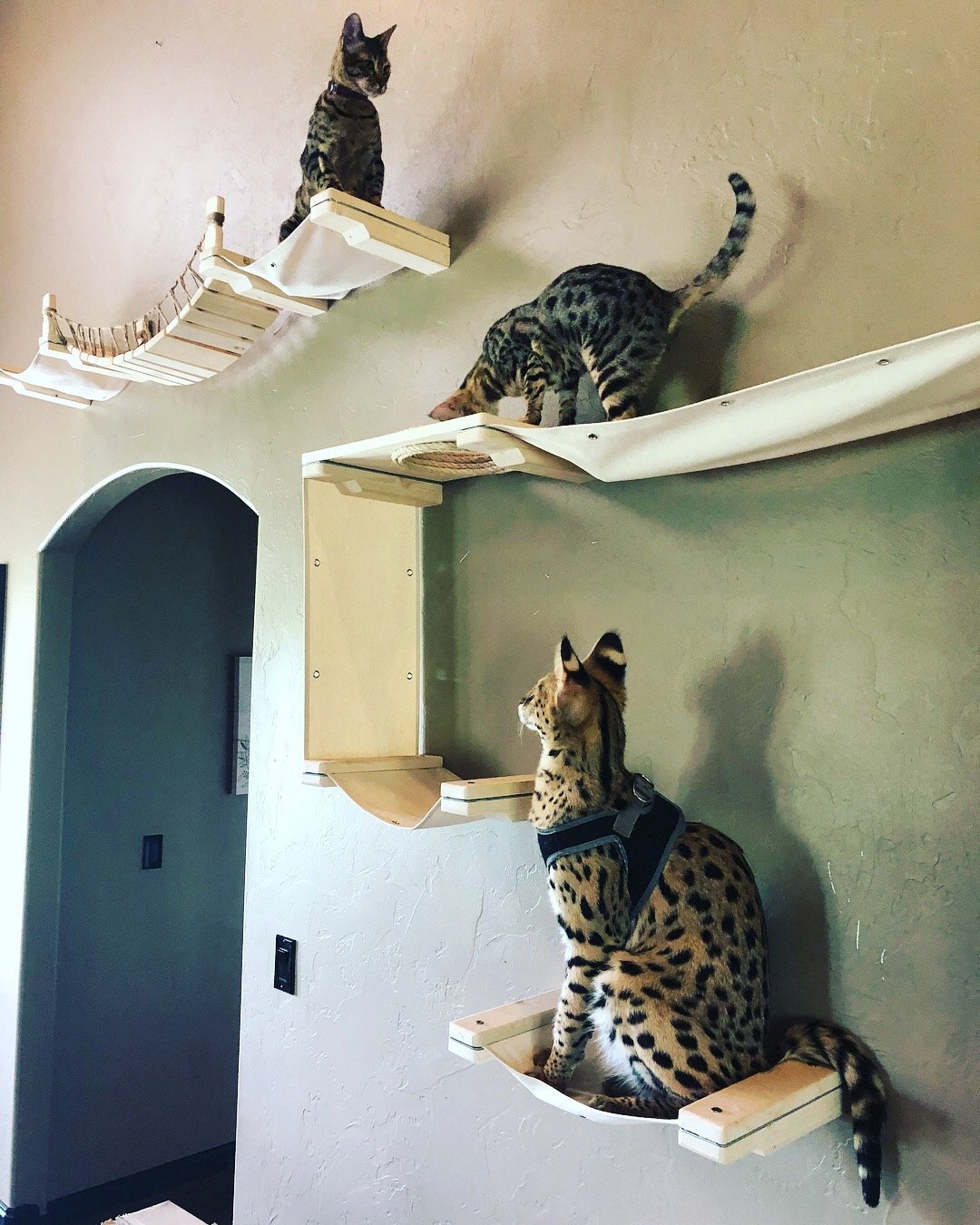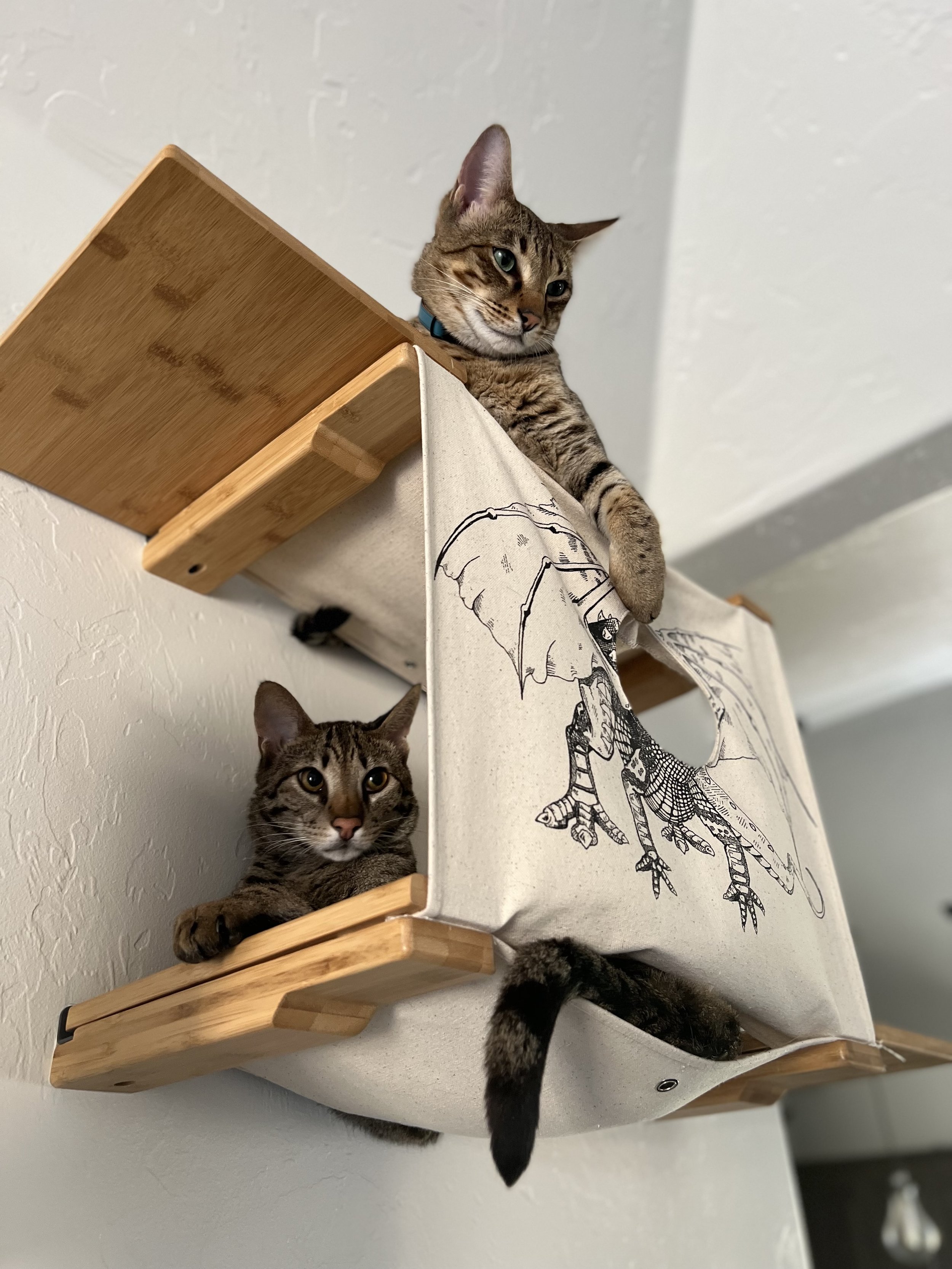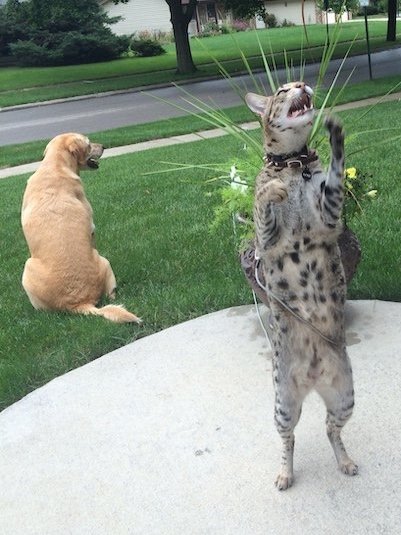You’re lucky to have a cat at home! Living with this four-legged friend brings benefits to mental and emotional health: stress- and anxiety relief are just a few. Communication with cats influences mood, reduces the risk of developing behavioral disorders, and improves sleep quality thanks to their healing purrs.
Physical health gets better, too:
A cat reduces the risk of stroke, lowers blood pressure, and boosts immunity. That’s great, but what if we told you a cat can advance your academic performance? Whether a schooler or a college student, use your cat’s power to craft A-worthy essays like those from Customwritings.com and complete all subjects; homework or test assignments like a nothing-can-stop-me nerd.
In today’s article, we’ll tell you how.
Time Management
This skill is critical for a student’s self-organization and academic success, and your cat is a pur-r-fect assistant here. Given time management isn’t about planning and to-do list creation only, your pet can teach you the following:
● Prioritization
● Emotional intelligence
● Decision-making
● Focus (especially when you need to write an essay and a cat is next to you, willing to play)
● Stress management (we’ve already mentioned a cat’s power to lower stress, decrease anxiety, and alleviate depression)
Cats also teach us patience. Your ability to work or study with no rush influences your academic performance by far: It’s better to focus and perform a task correctly at once than spend even more time revising what you did on the fly. It’s also about minimizing typos, grammar mistakes, and other errors in your academic assignments.
Responsibility
Loving and caring about your four-legged companion is a heavy responsibility: Feeding, cleaning, regular playing, and veterinary checkups are the minimum you need to do for your cat’s happiness and well-being. Having a cat makes you more responsible in all aspects, including education:
Speaking of elementary school students, teachers can develop a sense of responsibility by giving them daily duties to care for a class pet or bring it home for weekends and holidays. Students will need to ensure the pet’s safety, thus instilling love, compassion, and a responsible attitude towards tasks they get.
Older students transfer this acquired trait to the learning process, praising good grades and academic integrity. They are more conscious and responsible about completing their assignments, checking them via tools like a grammar checker or a plagiarism check like plagiarismcheck org for better quality.
Productivity
Cats can enhance college students’; productivity and help them avoid academic burnout. Academic burnout is your body and mind’s reaction to academic overload or prolonged study without breaks. It’s about rustration and physical inability to continue studying and maintain academic performance and productivity. Your cat has the power to prevent that:
● By reducing your anxiety, a cat negates your sense of annoyance and frustration.
● Those with a cat sleep better, and it’s critical for productive work and overall health.
● A cat heals negative thoughts and social disconnection by providing comfort and emotional support.
● Cats encourage you to take study breaks and spend some time with them. Breaks are crucial to avoid overworking, restore your motivation, and increase satisfaction with what you do.
Dealing with tons of academic assignments in college, students may see a cat as their productivity boost. Why do you think many famous writers (Ernest Hemingway, Neil Gaiman, and Mark Twain, to name a few) had and loved cats so much?
Muriel Spark wrote:
“If you want to concentrate on some problem, especially writing or paperwork, you should acquire a cat. Alone with the cat in the room where you work ... the cat will invariably get up on your desk and settle placidly under the desk lamp. The light from a lamp ... gives a cat great satisfaction. The cat will settle down and be serene, with a serenity that passes all understanding. And the tranquility of the cat will gradually affect you, sitting there at your desk so that all the excitable qualities that impede your concentration compose themselves and give your mind back the self- command it has lost. You need not watch the cat all the time. Its presence alone is enough. The effect of a cat on your concentration is remarkable and very mysterious.”
Creativity and Inspiration
So you have it! A cat inspires you and improves your productivity. More than that, you can use your cat’s personality to generate ideas and boost your writing creativity.
Write from a cat’s perspective.
As Mark Jones, a well-known illustrator, said for Alex Cornell’s book Breakthrough! Overcome Creative Block and Spark Your Imagination (a panacea from both writer and creative blocks, by the way), such an exercise lets you take a look at your academic task or work problem from another angle. Imagine yourself as a cat and write a diary, an essay, or a blog/social media post from its perspective.
You’ll get:
● Fresh topic ideas for your writings
● More details for your story to sound argumentative, persuasive, and compelling for the audience
● Creative solutions for problems (You'll look at them from a different angle)
● New cool ideas for your work or life
● Advanced writing skills as you practice an alternative writing technique, style, and language patterns
Writing from a cat’s perspective feeds your imagination, creativity, and inspiration. Just try, and you’ll see how motivated you become and how many new ideas come to your mind.
Now, you can make the most of them for your academic performance, creative projects at work, or a comfortable well-being with your feline friend. Ready to start?













